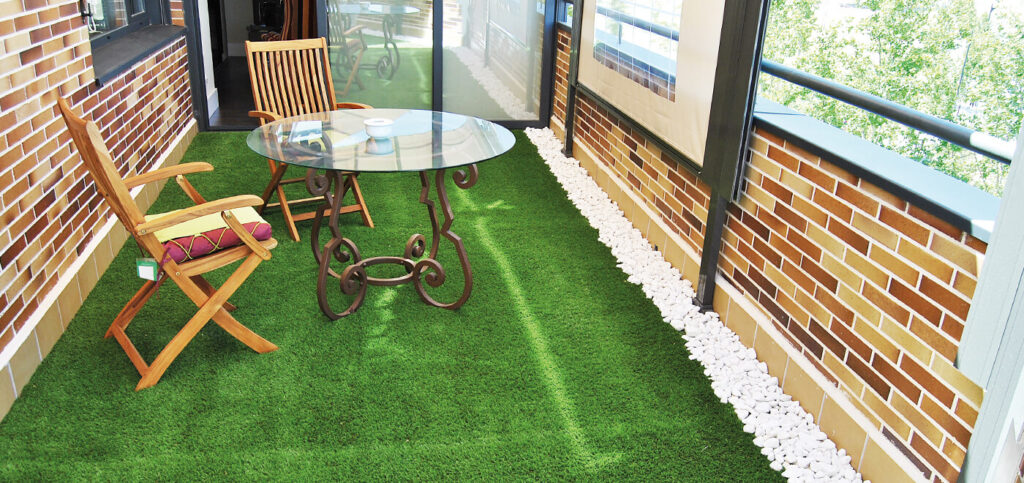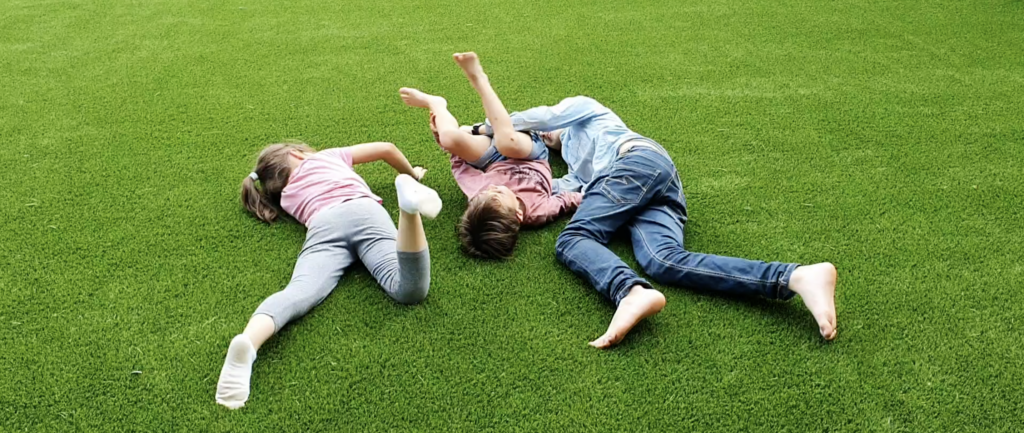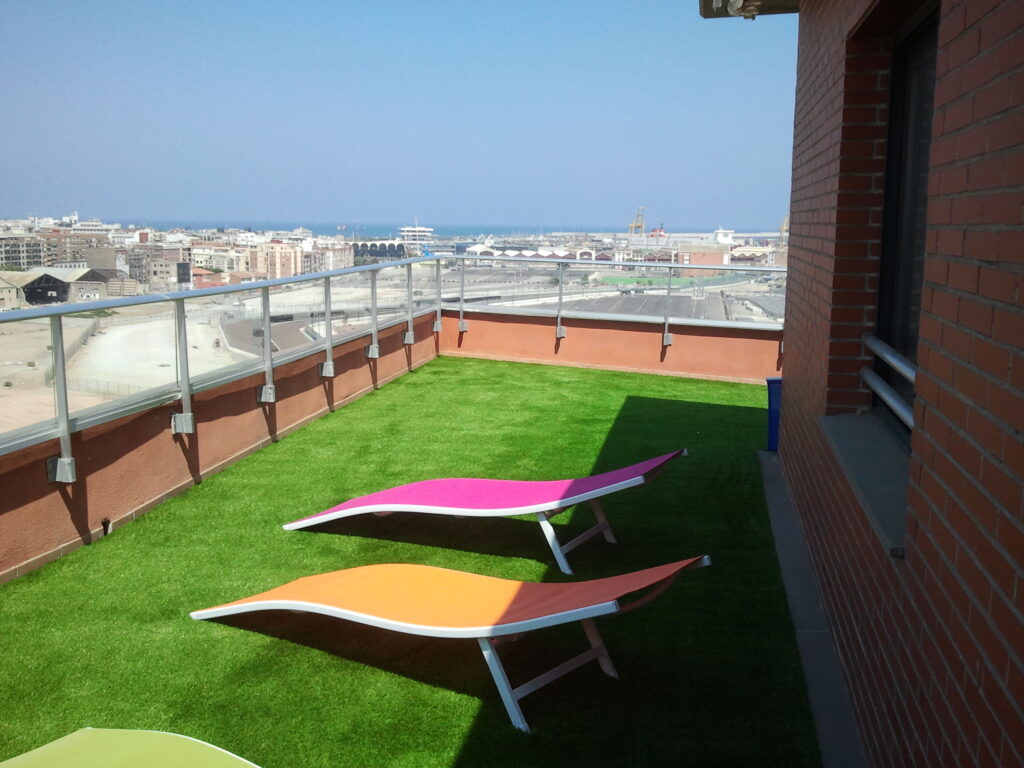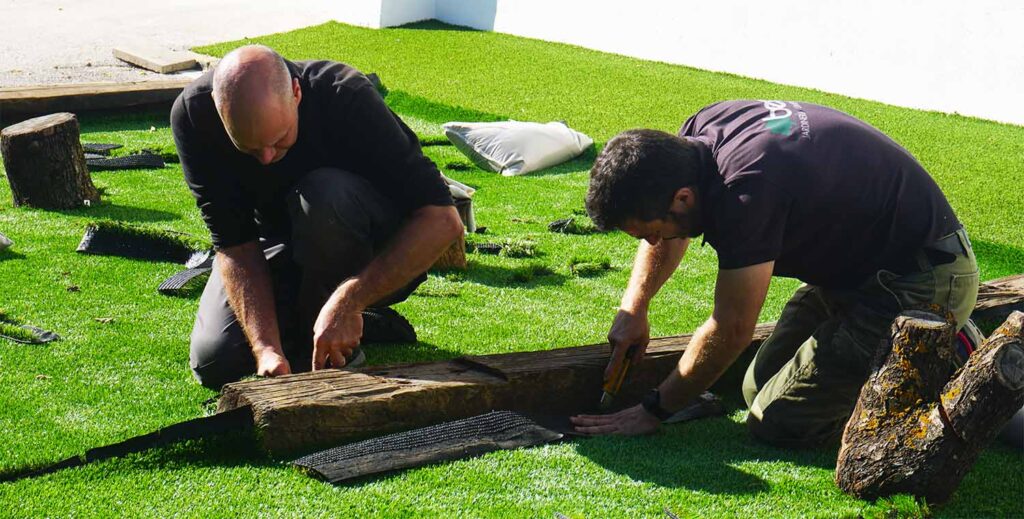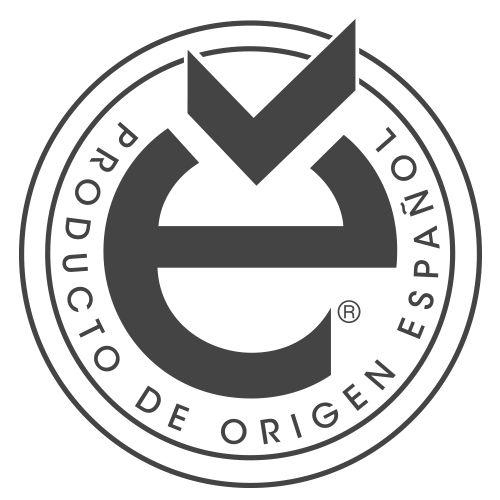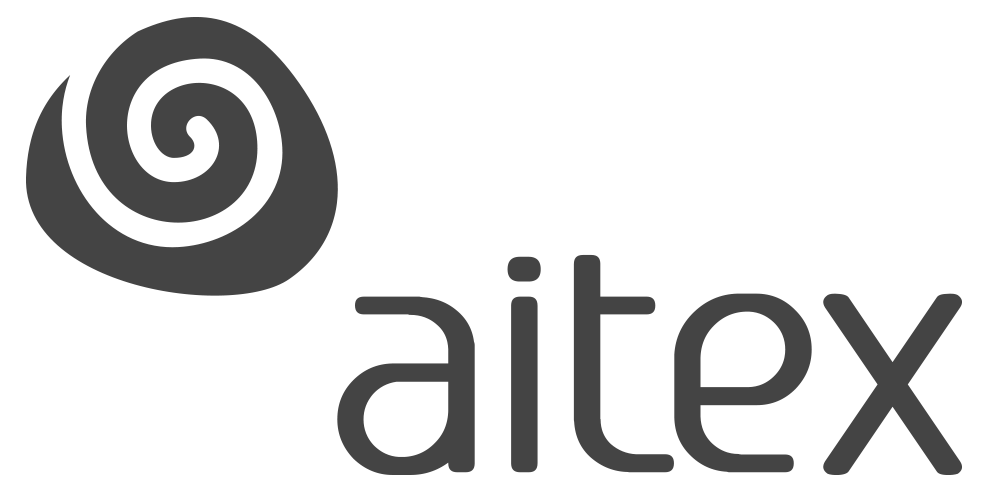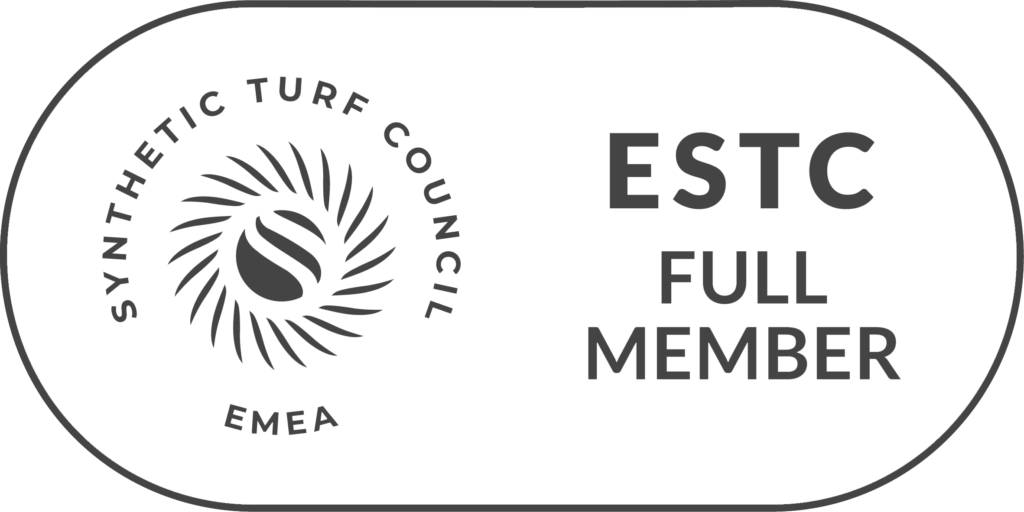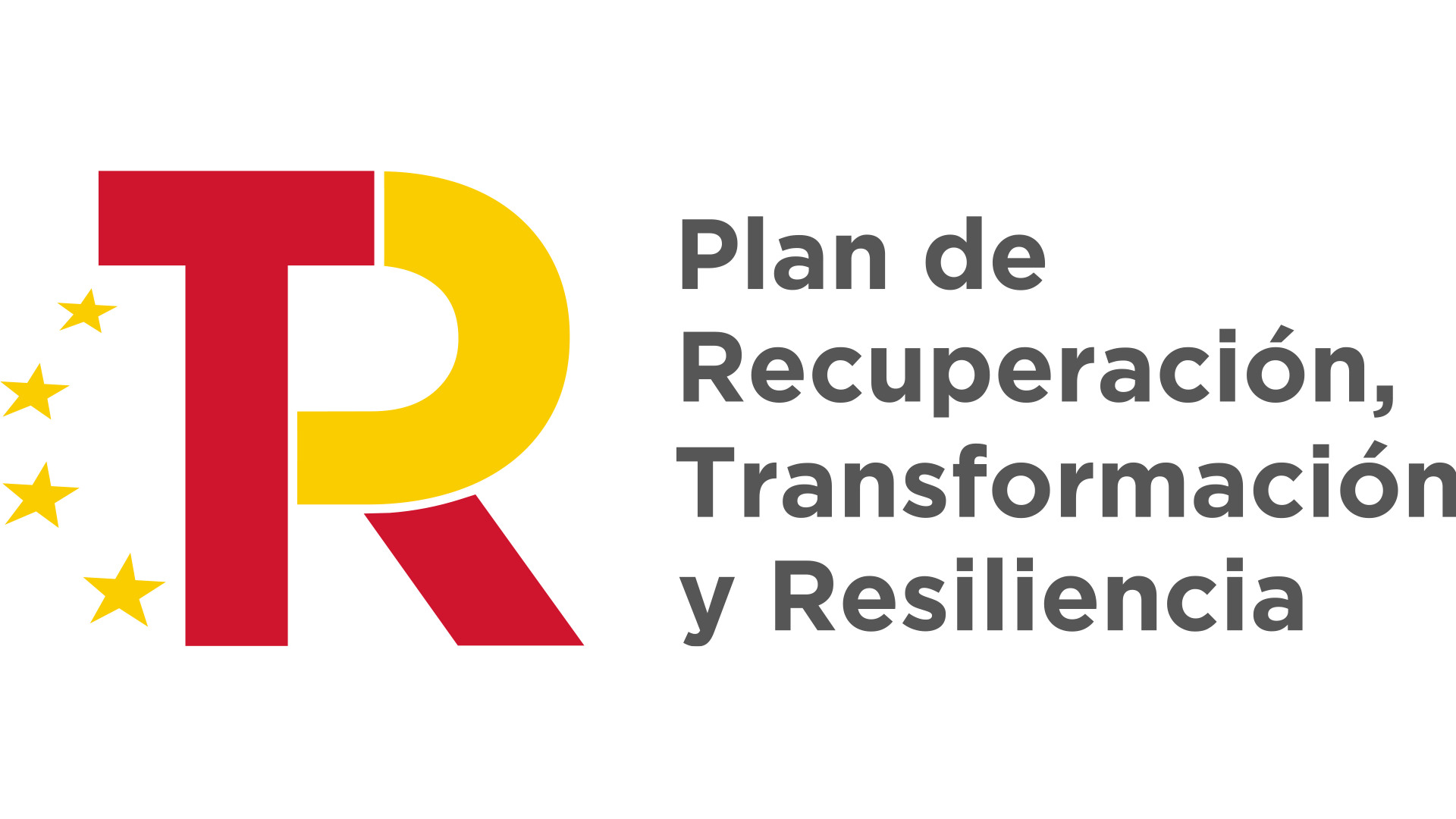Restriction of rubber infill in soccer fields
On September 25, the European Union announced a series of measures to restrict the use of microplastics. These included a ban on glitter, and a few weeks later, artificial turf was targeted.
Several media outlets reported that the EU was banning artificial turf, thus killing soccer fields. This statement is incorrect.
The reality of the news comes down to the European Commission’s restriction on intentionally adding microplastics to artificial turf systems. More specifically, rubber infill from tire recycling. This material is inserted into the base of soccer fields to help keep the fibers upright and for its cushioning capacity.
The European Union does not ban artificial turf
The EU has only banned the intentional insertion of rubber infill in artificial turf soccer fields.
According to the European Chemicals Agency (ECHA), this filler contains microplastics that are released and affect the soil and water near the sports field. In addition, it contains other substances that can have harmful effects on human health and the environment. For this reason, the EU gives manufacturers eight years to find a better alternative.
Today there are alternatives to rubber that have been in use for years and have excellent technical properties to replace the need for microplastic fillers. These include cork granulate, olive pit granulate, coconut fiber and wood chips.
In addition to these options, there are artificial turf construction systems that do not require infill. These get the necessary cushioning from the combination of an elastic base and the synthetic grass fibers themselves.
The indications of the new regulations: eight years to apply sustainable landfills
This regulation does not prohibit the use of artificial turf on soccer fields or on turf expressly designed for decorative use. It only refers to rubber infill, which may continue to be used until September 2031.
In eight years’ time, it will not be necessary to remove existing rubber infilled soccer fields. The regulations will only require the replacement of this infill with an alternative.
The advantages of artificial turf on soccer fields
Artificial turf offers a resistant, durable and safe surface on which to practice sports such as soccer. It emerges as an alternative to natural grass, providing a great advantage: the number of hours of use it offers compared to natural grass.
While a natural grass pitch can be used for a maximum of ten hours a week, artificial turf has no limits. With very low maintenance, it allows a higher utilization.
Artificial turf helps to promote the practice of this sport. It reduces the need for infrastructure and maintenance. It increases the useful life of the facilities and promotes a healthier lifestyle among young people.
If you have any questions about the regulations or you are interested in learning more about our artificial turf models for soccer fields, please do not hesitate to contact us.


